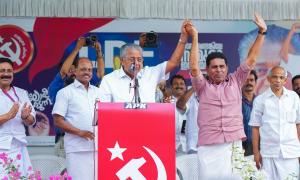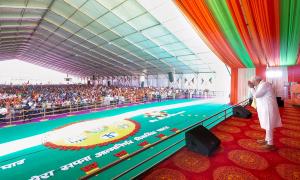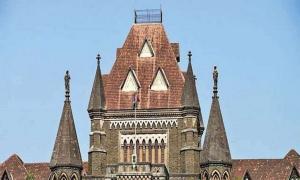Web 2.0 is causing tremendous excitement while simultaneously raising a heated debate on the Web - enough to throw up more than 10 million citations on the Web till date.
The term was coined in a brainstorming session between publisher O'Reilly Media and a marketing company, MediaLive International. Two years have passed since.
Yet, bloggers are flogging websites and blogs with arguments for and against the term. While many hail it as the evolution of the Internet, others say it is too early to draw conclusions. Some, though, simply dismiss it as marketing hype.
Co-founder of the concept, Tim Orielly, founder and CEO of O'Reilly Media, told Business Standard: "I do think there's some hype, with many startups claiming to be 'Web 2.0' without any real appreciation of the core of what makes something 'Web 2.0'. But like any label, Web 2.0 is just a pointer."
Wikipedia defines it as "a second phase of development of the World Wide Web". However, there isn't a consensus on its exact meaning. Web 2.0 loosely includes weblogs, wikis, linklogs, podcasts, RSS feeds and other forms of many-to-many publishing; social software, web APIs, web standards, web services and Ajax.
So if this is Web 2.0, what was its earlier avatar - Web 1.0? "Yes, but only by way of contrast. Back when it was happening, it was just 'the web' or the 'dotcom era'," says O'reilly.
The earlier avatar, that is Web 1.0, with clearly demarcated content, was fairly static. You could not interact with it, add your comments or leave your mark. You used the software or the content as is and could not collaborate with other users of the same content.
If Double Click, Akamai, mp3.com, content management systems and page views are a few examples associated with Web 1.0, Google AdSense, BitTorrent, Napster, Wikipedia, blogging, cost per click and web services would comprise Web 2.0, explains O'reilly.
For example, with BitTorrent, the service automatically gets better the more people use it. While Akamai must add servers to improve service, every BitTorrent consumer brings his own resources to the party.
Russel Shaw, whose post on ZDNet (a leading technology portal) weblogs, recently raised a storm, differs. He blogs: "Appending a '2.0' to a term does not imply - at least to me - that some sort of the consensus has been reached about the meaning of the term, or even less that it is based on some collection of standards. It originally meant a new rev of a product, which implies a redesign and the rollout of new features."
The definition of the Web 2.0 technologies is in the eye of the person labelling, notes Thomas Vander Wal, principle and senior consultant, InfoCloud Solutions.
"Web 1.0 is often used satirically. Most often the earlier iteration of the Web is referred to as "the Bubble". The technologies for the Web portion of Web 2.0 are not very different from what has come before it, which is my problem with the term as it is most often used to describe the technologies," he adds.
Vander Wal explains that the previous iteration was focused on people using the web as an "I go get" interaction where people mostly just read pages. Now people are expecting more in the "come to me" web. He cautions that "we have a long way to go to get to this end, but what is labeled Web 2.0 is just a stepping stone to the next improvement."
But there are those who firmly stand by the concept. Google's PageRank; eBay's organic growth as a collective activity of all its users; Amazon's search that leads with the "most popular" rather than sponsored searches - all are touted as Web 2.0 applications.
Gautam Thakar, country manager, eBay India Marketplace, says: "Web 2.0, depending on who you ask, can be titled the Social Web. A key development from Web 2.0 for eBay is that users are much more focused on two-way interaction and collaboration."
Ashok Hingorani, CEO, Computact, (and an avid developer) takes it in his stride: "Every product goes through the notorious Version 1 - the Net, Windows, etc. And they are always incomplete, buggy, with gaps.
"Above all, they were designed with today's technology in mind, and evolved rather than reengineered every few years. The Net is more than 15 years old. Its architecture does not take care of many things learned from hindsight, nor does it handle security/privacy at all. You have to buy special software to do that."








More from rediff